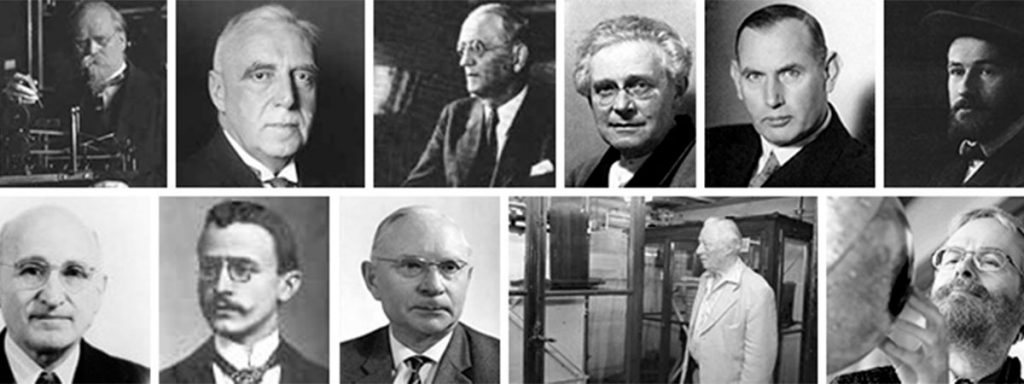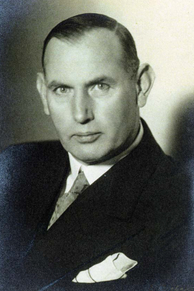
Ludwig Carl Geiger
developed a method for determining the epicenter of an earthquake
Ludwig Carl Geiger was a Swiss seismologist. He developed a method for locating the epicentre of earthquakes.
Geiger first studied physics, mathematics, astronomy and chemistry in Basel. After three semesters, he moved to Berlin and then to Heidelberg for one semester each. He completed the last five semesters in Göttingen, where he did experimental work at the Institute of Mathematical Physics under Privy Councillor Prof. Dr. Woldemar Voigt (1850 – 1919).
Observational astronomer on Samoa
On 1 January 1913, Geiger was hired by the “Göttingen Academy of Sciences and Humanities” to work as an observational astronomer for geophysics and meteorology at the Göttingen Samoa Observatory for one year, where he stayed longer because of the incipient World War I. Back then, the Samoan Islands in the South Pacific were a German colony referred to as a protectorate (see also Samoa Hut).
Global structure of the terrestrial body deciphered
Geiger worked on both theoretical and applied problems. In Göttingen, he was part of Emil Wiechert’s innovative working group. Between 1907 and 1910, Geiger was in charge of the annual seismological bulletin of the Göttingen station, where he also supervised the operation of the station and the evaluation of the seismic recordings. In a preface to the bulletin of 1907, Geiger describes the evaluation practice of an observatory at that time under the headline “The processing of seismograms”. During his work at the observatory, he developed a keen sense of observing and interpreting seismic phases. Together with Karl Zoeppritz, he improved the then-known travel-time curves and used seismological observations to decipher the global structure of the terrestrial body. After Zoeppritz’s early death, Geiger continued some of these investigations using evaluations started by Zoeppritz.
Herglotz-Wiechert method
Together with Emil Wiechert, Geiger used what is known today as the Wiechert-Herglotz or Herglotz-Wiechert inverse method to determine the velocity structure in the Earth’s interior for the first time. Gustav Herglotz had solved the related mathematical problem and Wiechert subsequently found a more practicable formula. Wiechert’s derivation and the first application to the then-known travel-time curves were then published in 1910.
Cited from: Ludwig Carl Geiger – (Geo)physicists in Göttingen and on Samoa by J. Ritter, Göttingen & J. Schweitzer, Kjeller – Bulletin of the German Geophysical Society (DGG) 20/2002



